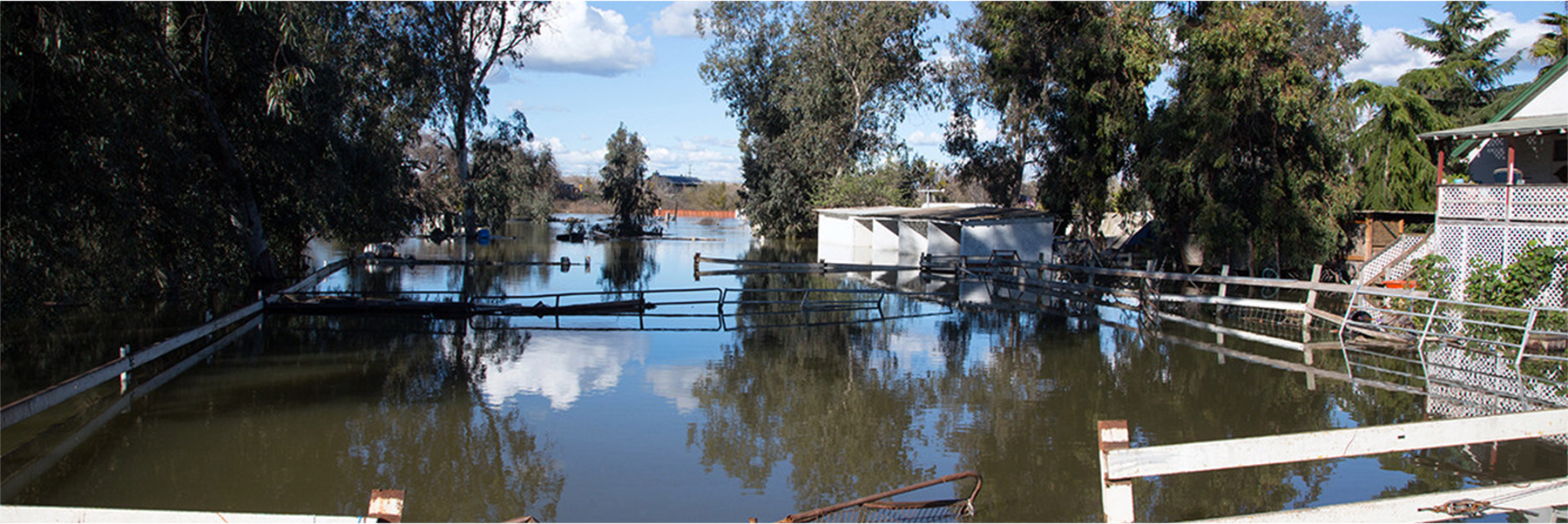Investigating the processes that caused an extraordinarily wet winter in California and led to flooding

California is a state known for an abundance of natural assets that include beaches, mountains, rich farmland, and deserts, as well as an oftentimes milder year-round climate. However, it can also be a land of extremes, occasionally experiencing prolonged droughts and hazardous flood-producing storms. An example of this occurred in the winter of 2016–2017, when a series of five extreme precipitation events hit northern California. These events produced highly-unusual amounts of rain and snow that caused severe flooding, and notably contributed to the Oroville Dam spillway crisis, but also helped bring an end to a multi-year drought. In a new study to be published in Monthly Weather Review, researchers from the Physical Sciences Division used diverse model-based and observational datasets to investigate the atmospheric processes that caused these events. Their findings show that the events each occurred within persistent, unusual patterns of the jet stream over the North Pacific that served to repeatedly channel moisture-rich weather systems into California.
The researchers found that the extreme events each occurred within persistent patterns of the jet stream over the North Pacific. The three largest events involved unusually wavy patterns featuring a prominent, quasi-stationary ridge of high pressure centered over the Bering Sea and western Alaska that acted to disrupt or “block” the usual west-to-east movement of weather systems across the North Pacific. A detailed case study of an event in early February 2017 showed that this blocking action caused weather systems to be diverted to the south of the ridge across the central and eastern Pacific and to be repeatedly channeled into California. Four successive systems exhibiting concentrated plumes of moisture, or atmospheric rivers, made landfall over a 10-day period, sustaining prolonged heavy rain across northern California. A climatological analysis covering a 39-year (1979–2017) period provided compelling evidence that this type of blocking pattern is highly relevant for the occurrence of extreme precipitation over northern California.
More detailed understanding about the processes affecting weather and climate helps advance NOAA forecast models and improve predictions of extreme events, so that society can be better informed.
Authors of Extreme precipitation events in northern California during winter 2016–2017: Multiscale analysis and climatological perspective are Benjamin Moore, Allen White, Daniel Gottas, and Paul Neiman of the Physical Sciences Laboratory.
Posted: January 13, 2020